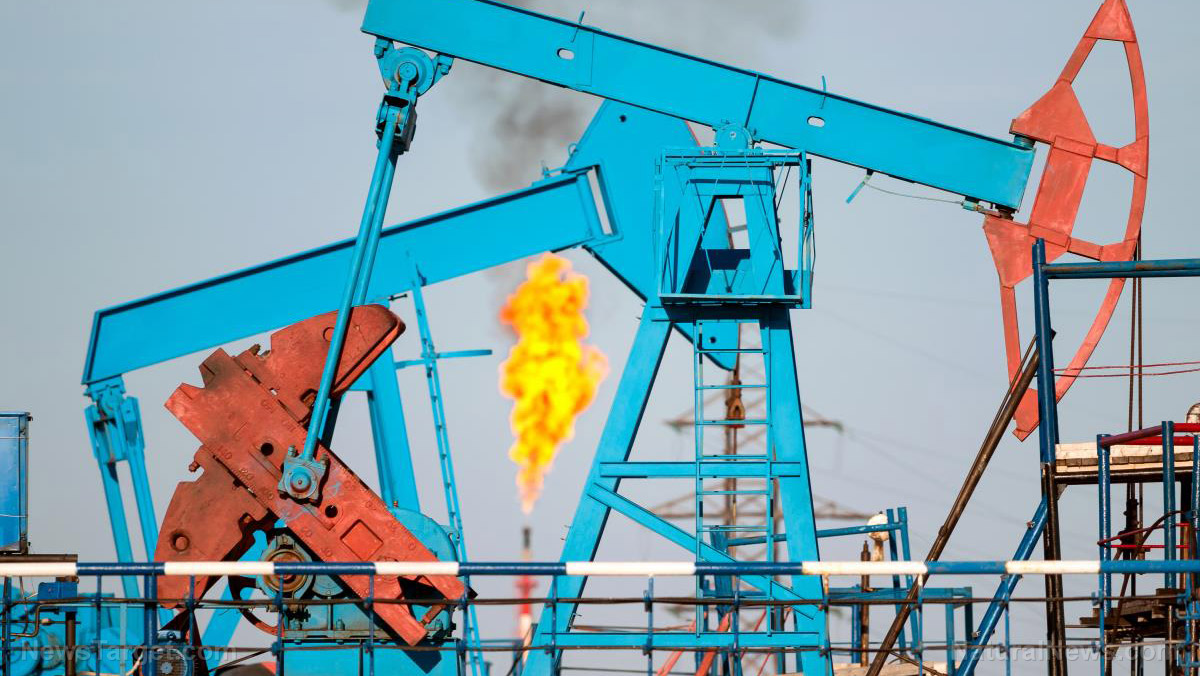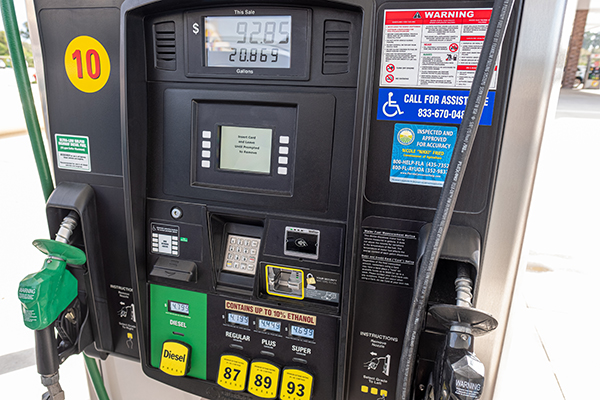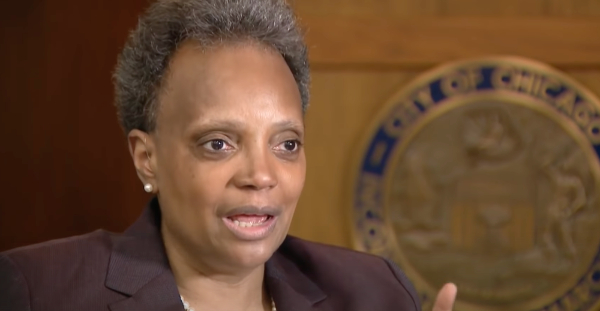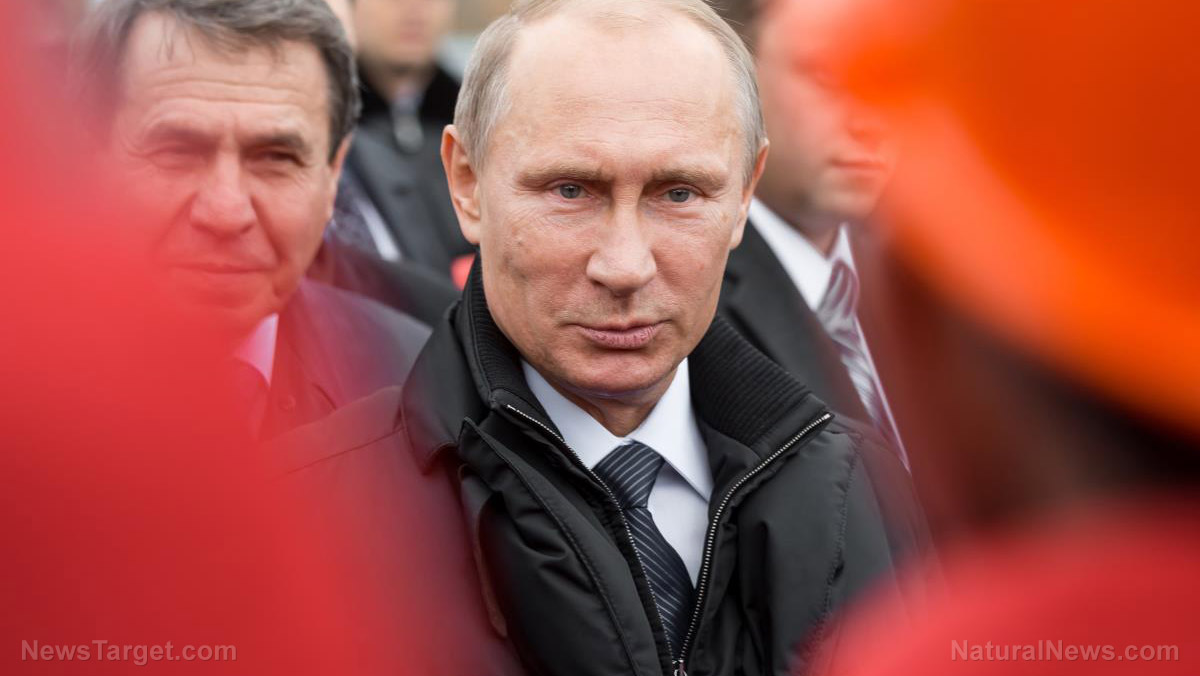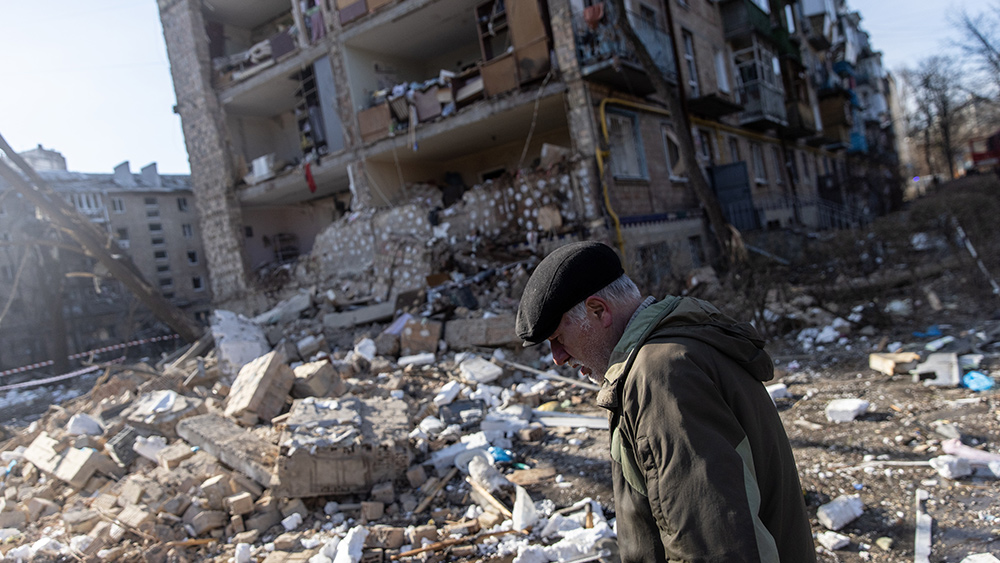Natural gas shortages prompt power plants to switch to oil
10/19/2021 / By Mary Villareal
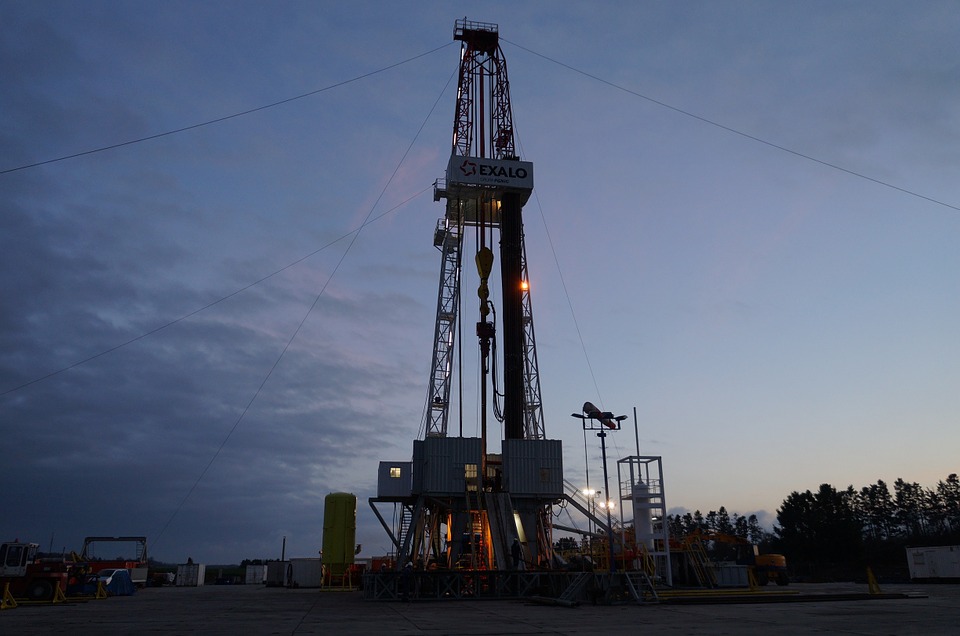
Natural gas and coal prices have pressured power-generation companies to switch to using oil, which could mean an additional half-million barrels a day added to the global oil demand.
In its monthly market report, the International Energy Agency (IEA) has increased its global oil demand forecasts for the year and the next by 170,000 and 210,000 barrels a day, respectively. However, the cumulative effect of the energy crisis could be as large as 500,000 barrels a day from September through the first quarter of next year.
This means that the IEA, which acts as the energy watchdog for wealthy nations of the Organization for Economic Cooperation and Development (OECD), expects the need for crude to exceed pre-pandemic levels at 99.6 million barrels a day in the next year.
Oil prices have already added to early gains following the release of the IEA’s report, with Brent Crude rising 1 percent to $84 a barrel. U.S. crude futures also climbed 1.1 percent to $81.31 a barrel, the highest in seven years.
Analysts say that natural gas is two to three times more expensive than oil, and the trend of switching to more emissions-intensive fuels such as crude products comes weeks before world leaders visit Glasgow for the United Nations-led climate negotiations. They also say that IEA’s forecast of the extra 500,000 barrels a day due to the energy crisis may be conservative.
Bjarne Schieldrop, chief commodities analyst at SEB markets, say that they have never had a situation where oil is very cheap compared to gas, so there is no empirical evidence of how much oil demand may increase. “It could very well be more than a million barrels,” he says. (Related: Gas prices soar as demand climbs following easing of pandemic restrictions.)
Energy crisis continues
With relatively weak natural gas supplies and low wind levels in Europe coinciding with the post-pandemic economic recovery, coal shortages in China and the possibility of a cold Northern Hemisphere winter, fossil fuel prices could continue soaring. Benchmark European gas prices have already leaped to 184 percent in the past three months.
IEA Executive Director Fatih Birol says that extreme weather events such as hurricanes in the Gulf of Mexico and droughts in other areas hampering hydroelectric power in China and Brazil have contributed to the energy shortages. Supply shortages, including pandemic-delayed maintenance work, mean that outages are 40 percent higher than usual.
Analysts have observed a rise in the trend known as gas-to-oil switching, where power plants that run on oil are fired up while those that can be converted to run on crude products are switched over. Goldman Sachs cites this trend in raising its oil price forecasts last month.
The IEA has also observed a similar trend that showed unreasonably high demand for fuel oil, crude and middle distillates for power plants in several countries. Still, the supply from oil-producing nations remains constrained.
Despite an increase in output from the Organization of the Petroleum Exporting Countries and its allies (OPEC+), the IEA says that the alliance would produce 700,000 barrels per day – less than the world’s need for crude oil in the fourth quarter of this year.
The gas crisis does not translate to a net positive for oil consumption. The increase in the IEA’s demand for estimates is tempered by a weaker outlook on GDP, which resulted mainly from supply chain issues and rising energy costs.
“The surge in prices has swept through the entire global energy chain. Higher energy prices are also adding to inflationary pressures that, along with power outages, could lead to lower industrial activity and a slowdown in the economic recovery,” the IEA says.
Global oil production is estimated to rise by about 2.7 million barrels a day from September this year as the OPEC+ unwinds its cuts and the U.S. output recovers from the damages caused by Hurricane Ida in Mexico. Despite that, the entire market is projected to be in a supply deficit of hundreds of thousands of barrels a day for the rest of the year.
Get more updates about the energy crisis and how it is affecting the economy at Bubble.news.
Sources include:
Submit a correction >>
Tagged Under:
economy, energy, energy crisis, fuel, gas, gas prices, inflation, International Energy Agency, natural gas, oil, Organization for Economic Cooperation and Development, Organization of the Petroleum Exporting Countries, risk, transportation
This article may contain statements that reflect the opinion of the author
RECENT NEWS & ARTICLES
COPYRIGHT © 2022 EnergySupply.news
All content posted on this site is protected under Free Speech. EnergySupply.news is not responsible for content written by contributing authors. The information on this site is provided for educational and entertainment purposes only. It is not intended as a substitute for professional advice of any kind. EnergySupply.news assumes no responsibility for the use or misuse of this material. All trademarks, registered trademarks and service marks mentioned on this site are the property of their respective owners.


